Choosing the Right Saw: Breakdown of Different Types
Woodworking and DIY projects require the right set of tools, and among them, a saw is a fundamental necessity. With a plethora of saw types available, selecting the appropriate one can be overwhelming. This article aims to delve into the various types of saws and their applications, providing insights to help you make informed decisions for your specific projects.
Understanding the Importance of Choosing the Right Saw
Choosing the right saw for your woodworking or DIY project is pivotal, influencing the quality, precision, and efficiency of your work. The consequences of opting for the wrong type of saw include getting rough cuts, inaccurate angles, and material wastage, which can compromise the integrity and aesthetics of your creation.
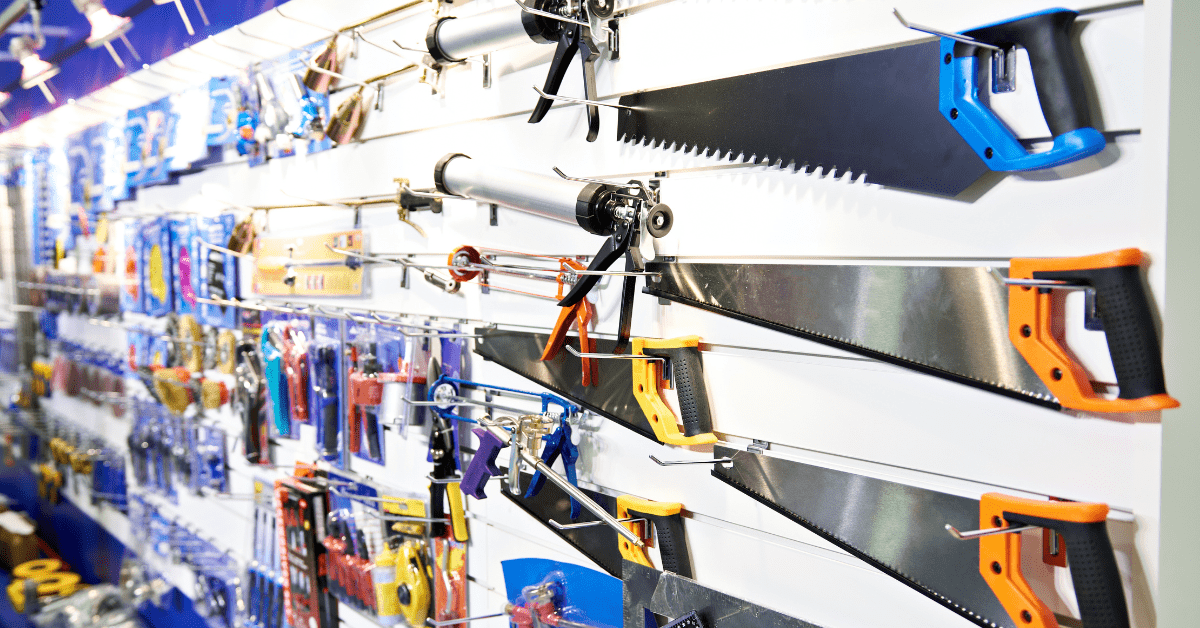
The selected saw becomes a crucial partner in your creative journey, impacting every stroke and contributing to the overall excellence of your work. Precision and accuracy are paramount, translating into cleaner cuts, smoother finishes, and a streamlined workflow that saves both time and effort.
Understanding the diverse types of saws and their functions is akin to possessing a comprehensive toolkit for your creative endeavors. It empowers you to make informed decisions, matching the intricacies of the project with the capabilities of the tool. From the traditional charm of hand saws to the powerhouse performance of reciprocating saws, each type has a distinct role.
In essence, the right saw is more than an instrument—it is a collaborator that transforms woodworking and DIY projects into expressions of artistry. So, when faced with the array of saw options, recognize that your choice extends beyond the physical characteristics of the tool; it resonates with the very essence of your craftsmanship, shaping your creation into a testament of precision, skill, and meticulous attention to detail.
Hand Saws: Traditional Tools for Precision Cuts
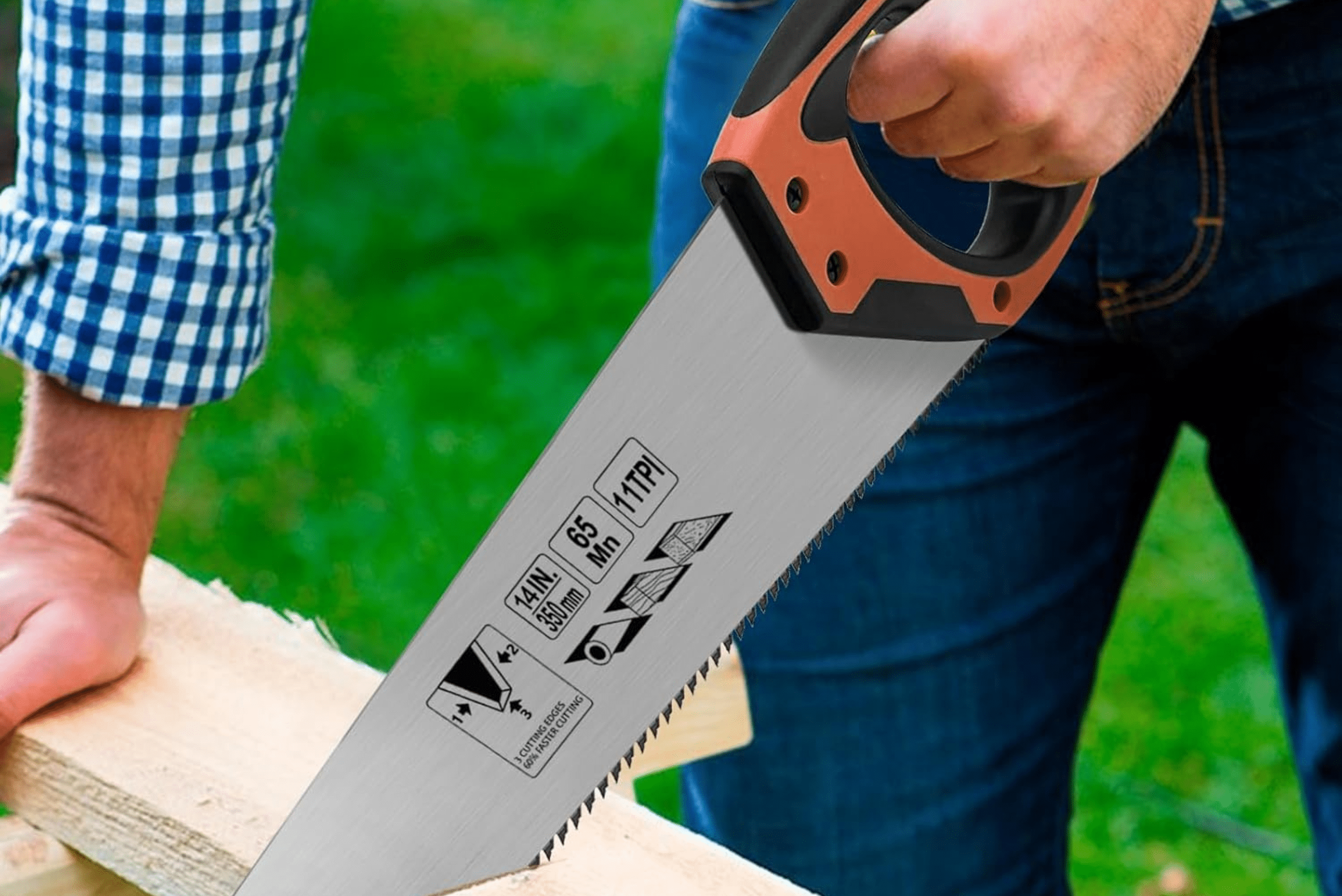
Hand saws, the oldest and most traditional of the bunch, are ideal for precise cuts in smaller projects. They appeal to woodworking enthusiasts who relish the satisfaction of manual tools. With variations like panel saws, coping saws, and tenon saws, hand saws cater to a range of shapes and sizes, making them versatile companions in any workshop.
Circular Saws: Power and Versatility Combined
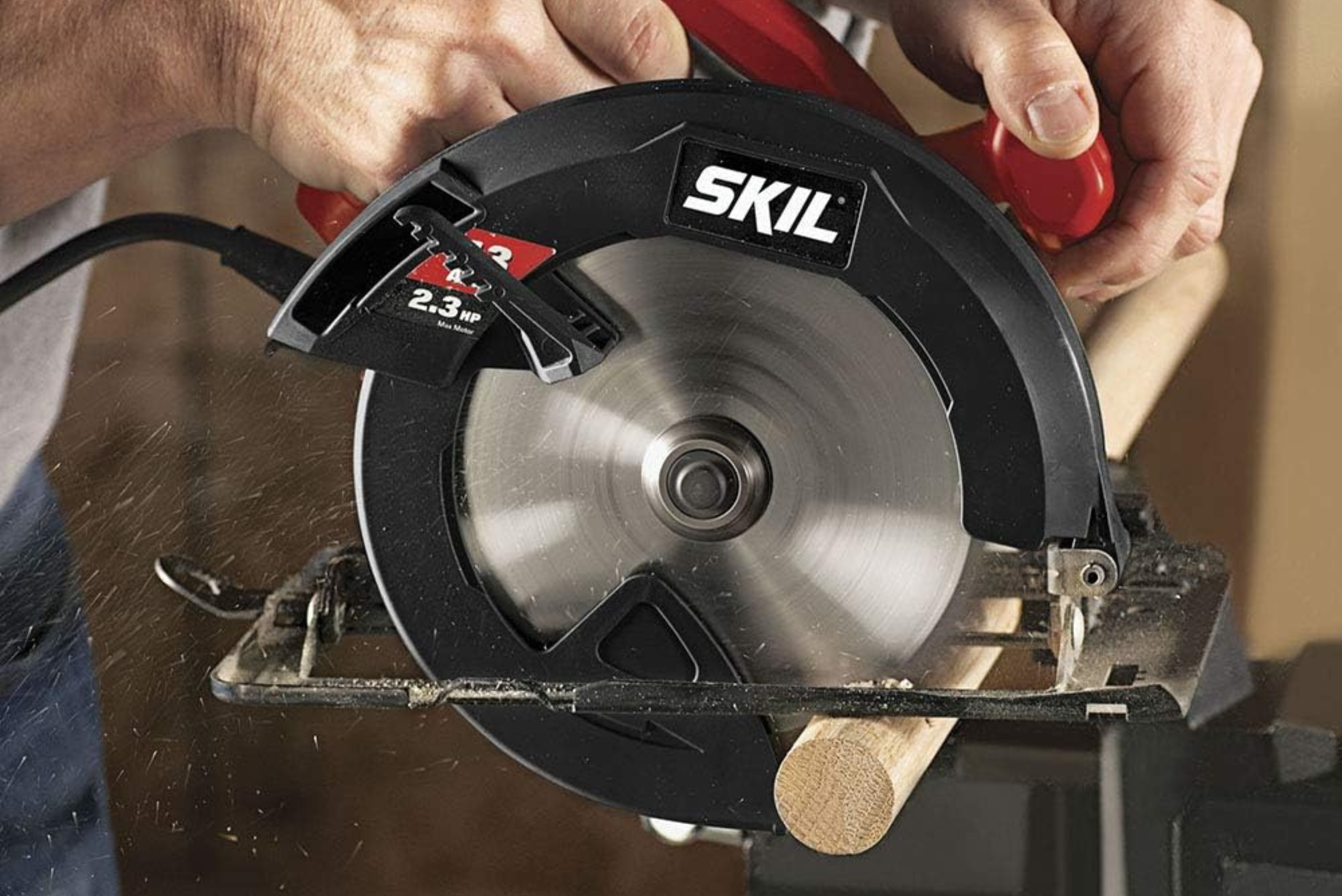
Circular saws stand as a workshop staple, combining power and versatility. These tools handle a myriad of cutting tasks, from straight cuts to bevels and crosscuts. With options in both corded and cordless models, circular saws accommodate both professional and DIY needs seamlessly.
Jigsaws: The Go-To Tool for Curved and Intricate Cuts
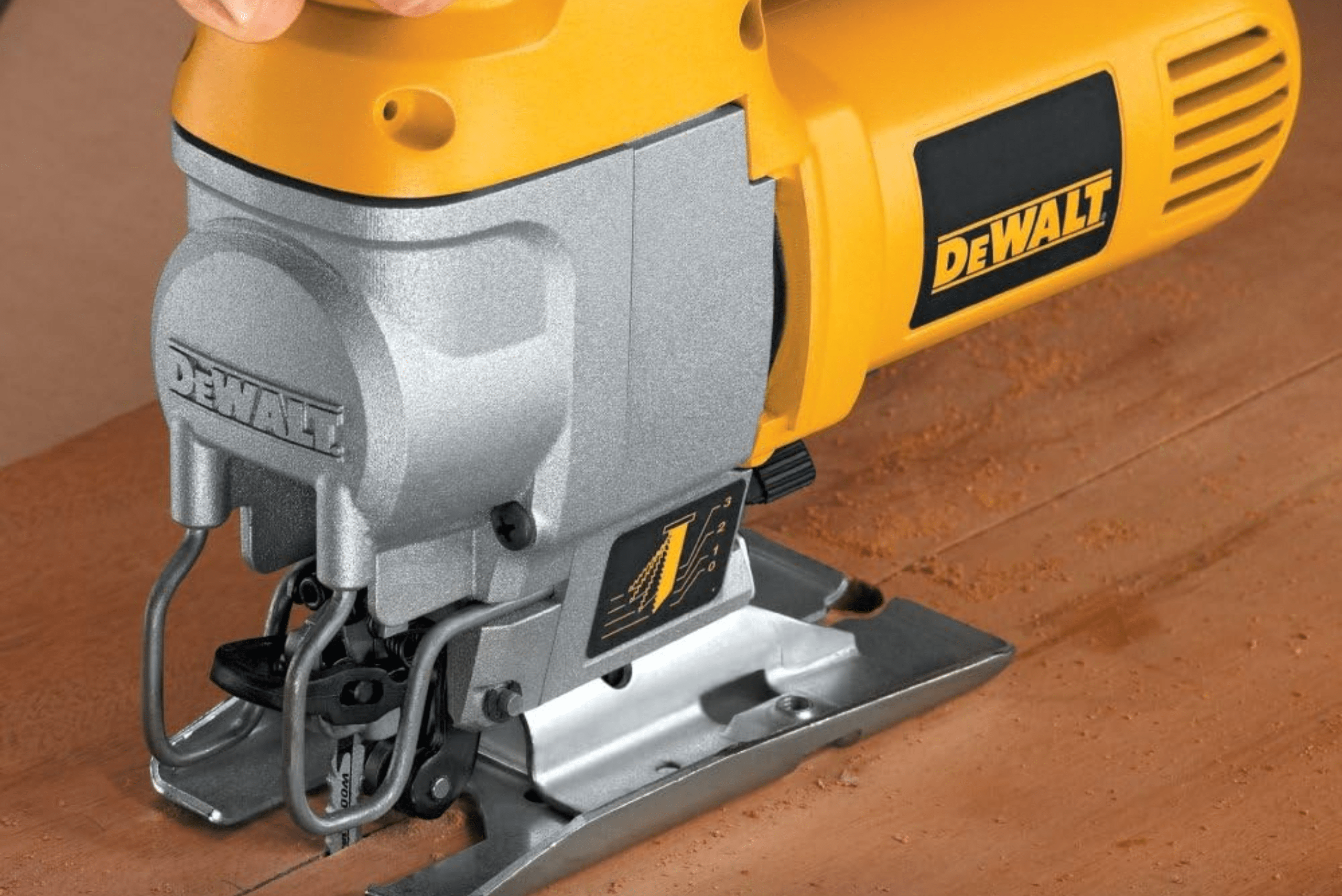
For cutting curves and intricate shapes, the jigsaw emerges as the go-to tool. Equipped with a thin blade moving rapidly up and down, jigsaws provide precise maneuverability. They excel in cutting out patterns, creating intricate designs, and trimming laminate or veneer with finesse.
Reciprocating Saws: Powerhouse for Demolition and Rough Cuts
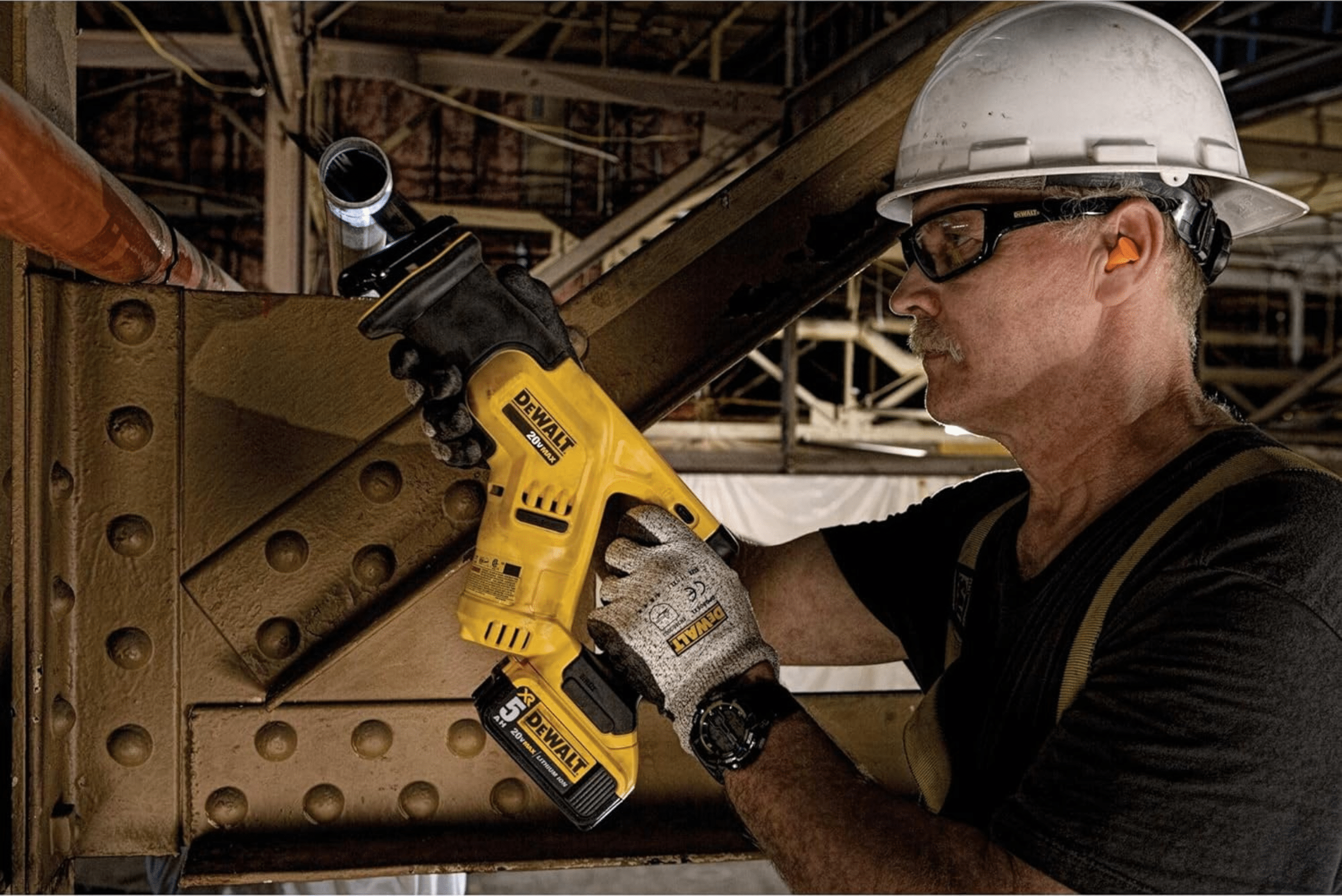
When it comes to demolition or quick rough cuts, the reciprocating saw takes center stage. This saw’s powerful blade moves back and forth quickly, making it ideal for cutting through various materials, including wood, metal, and even masonry.
Table Saws: The Ultimate Tool for Large Woodworking Projects
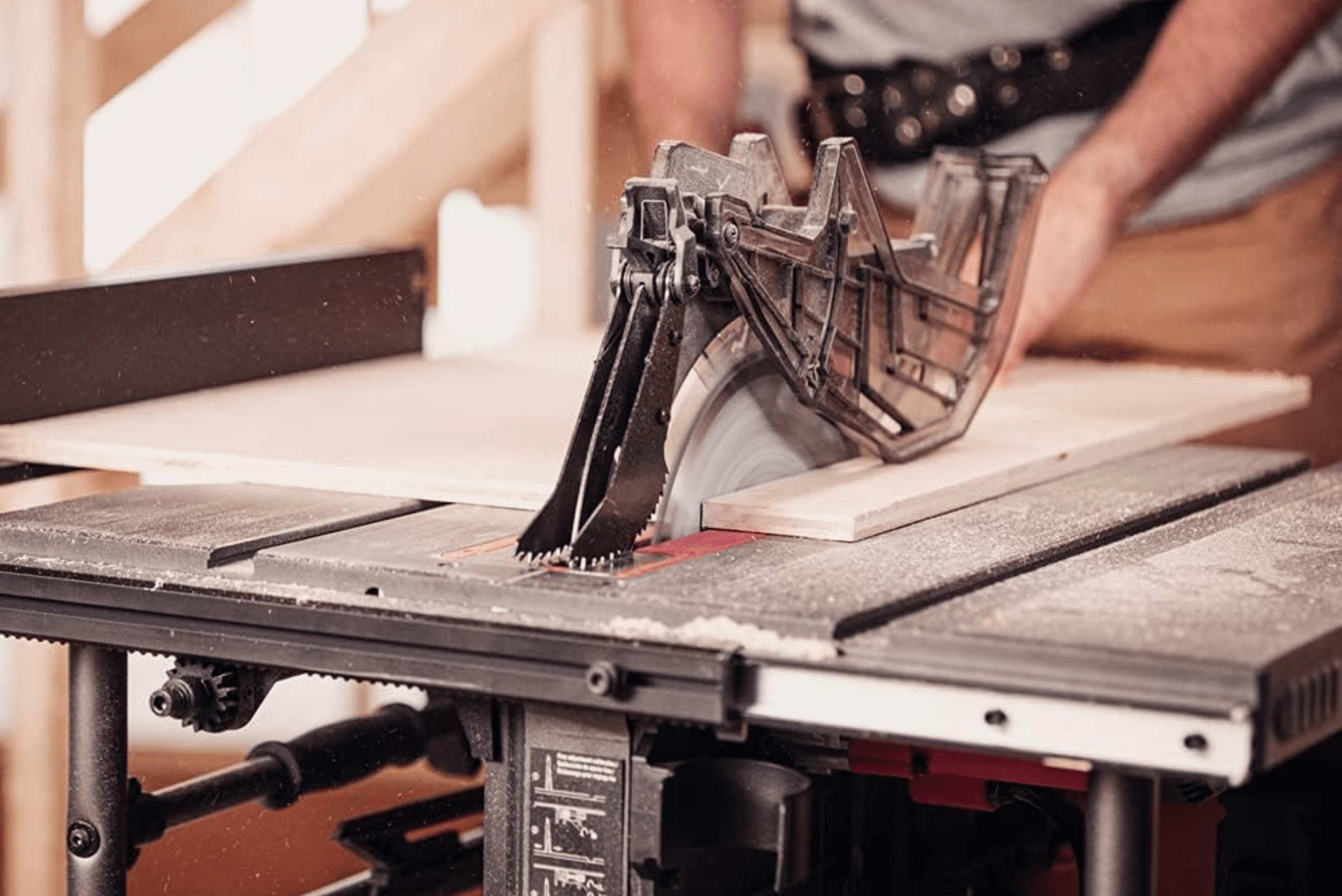
For larger woodworking projects demanding precise cuts, the table saw is indispensable. These stationary power tools offer stability and accuracy, facilitating long, straight cuts effortlessly. With a circular blade protruding through the table’s surface, table saws excel in ripping boards and crosscutting.
Miter Saws: Perfect for Making Precision Angled Cuts
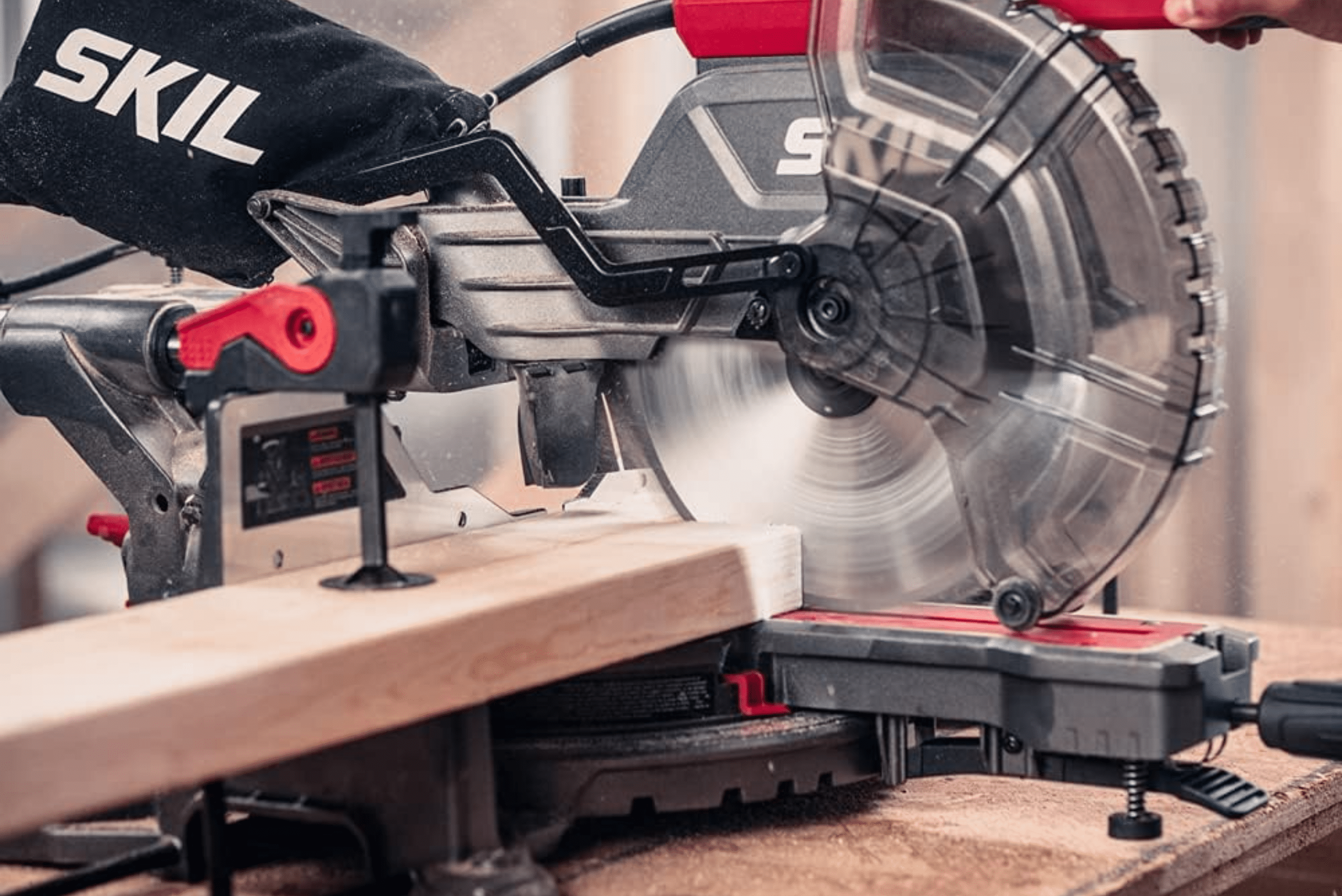
Angled cuts find their match in the miter saw. Tailored for creating precise miter, bevel, and compound cuts, these saws are a woodworker’s best friend. Commonly used for crown molding, picture frames, and projects requiring accurate angled cuts, miter saws are a workshop essential.
Band Saws: Ideal for Resawing and Cutting Irregular Shapes
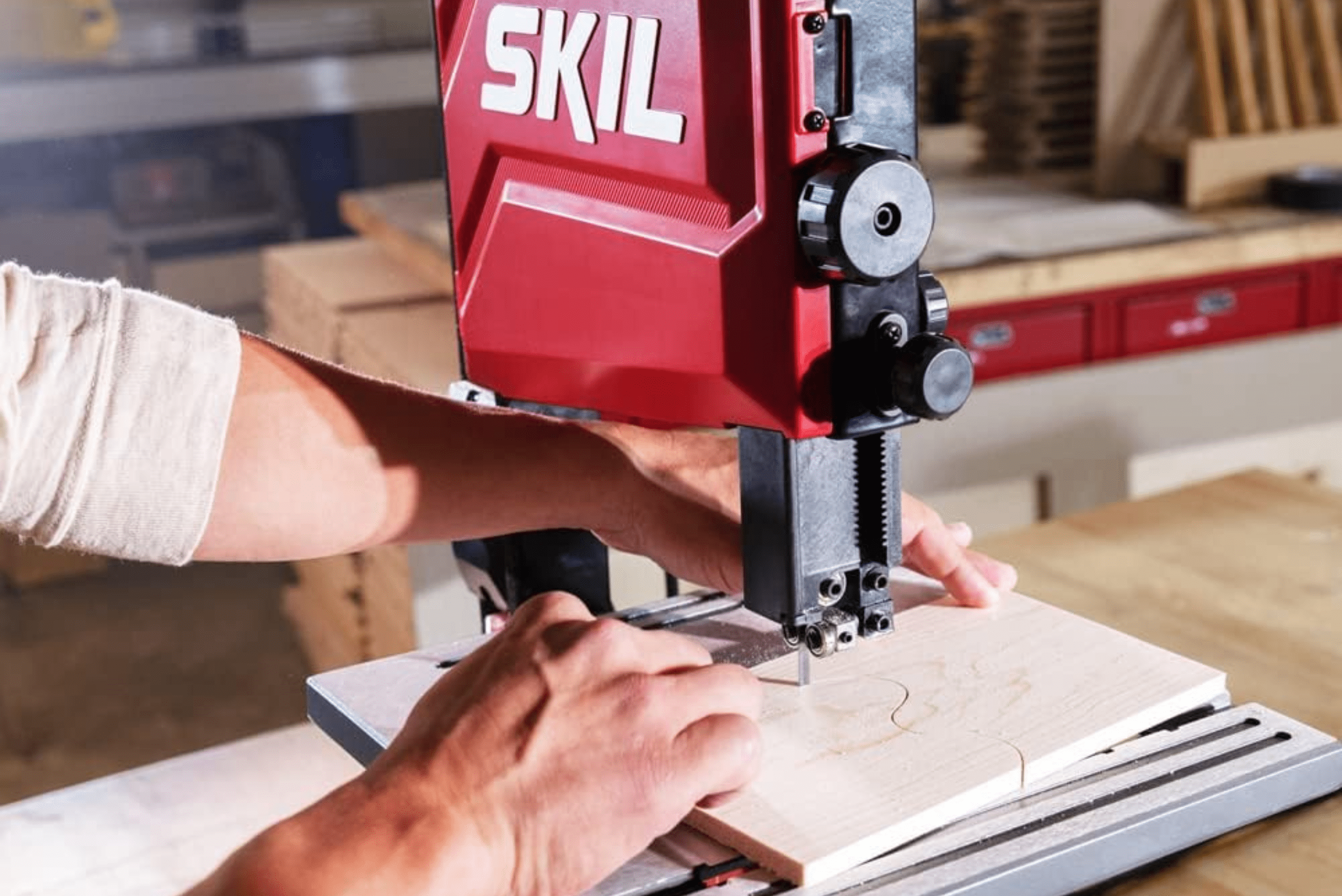
Band saws reign supreme in resawing—cutting one piece of wood into thinner pieces. Sporting a continuous band of teeth and a spacious working table, band saws handle irregular shapes and intricate cuts effortlessly. Woodworking, metalworking, and even meat cutting all benefit from the versatility of band saws.
Scroll Saws: Ideal for Intricate and Detailed Craftsmanship
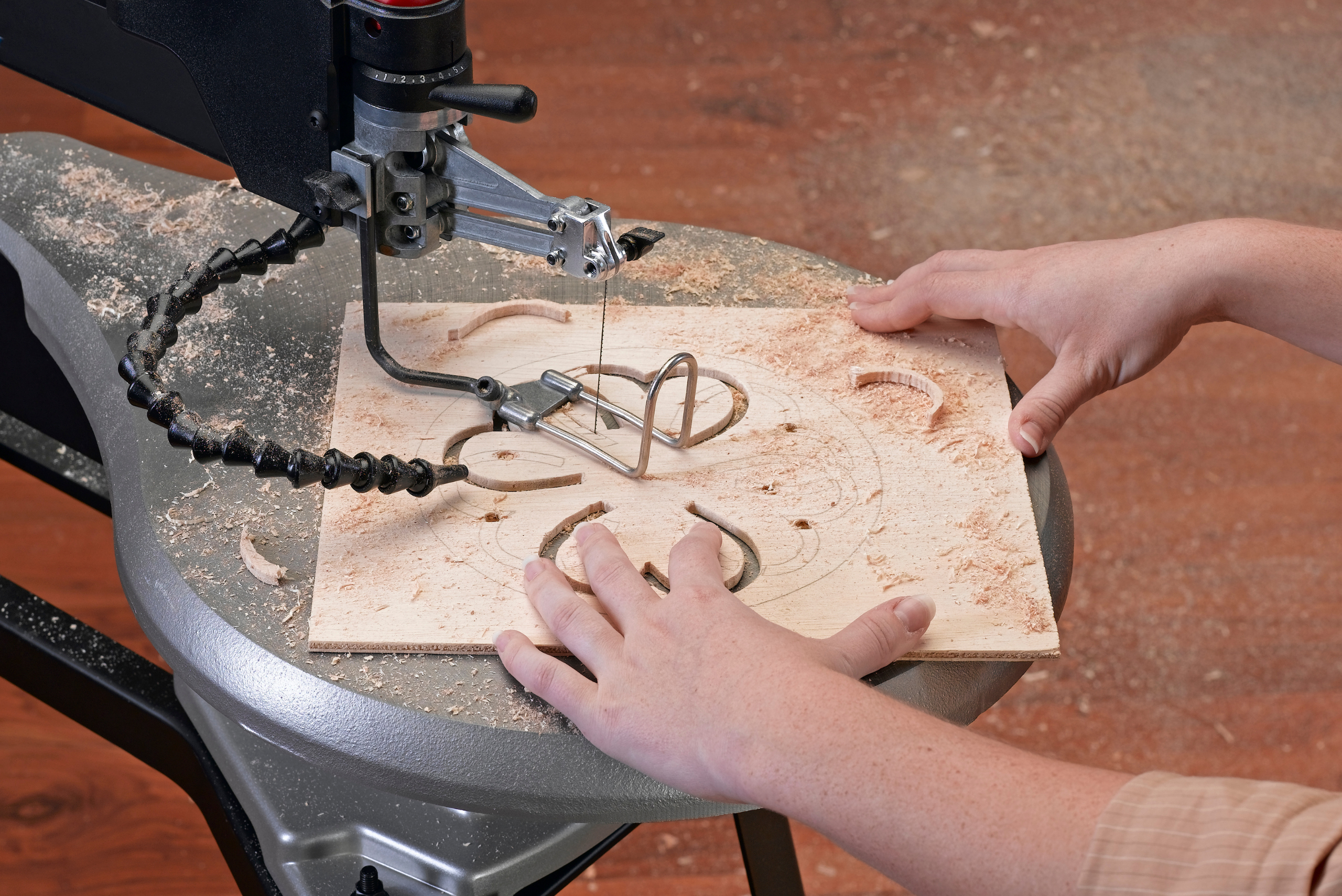
Precision and delicacy define the scroll saw. Featuring a fine, narrow blade moving rapidly up and down, scroll saws are perfect for intricate patterns, fretwork, and inlays. This tool is a must-have for those aiming to achieve detailed craftsmanship.
Coping Saws: The Perfect Tool for Fine Detail Work
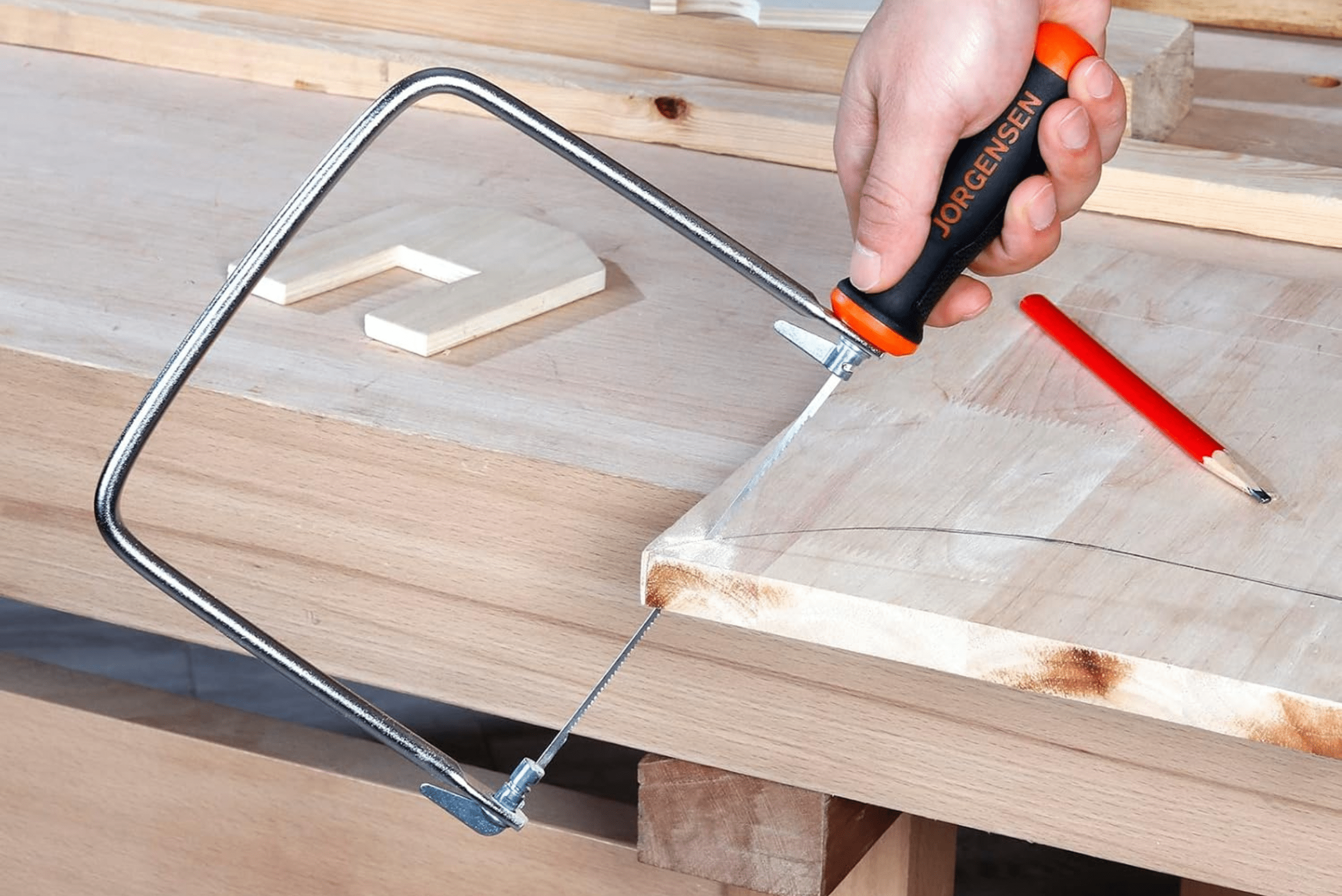
Coping saws, small and handheld, excel in fine detail work. With a thin blade easily maneuvered for intricate shapes, curves, and tight corners, coping saws find applications in woodworking, metalworking, and crafts such as model-making.
Japanese Pull Saws: Exceptional Precision and Control
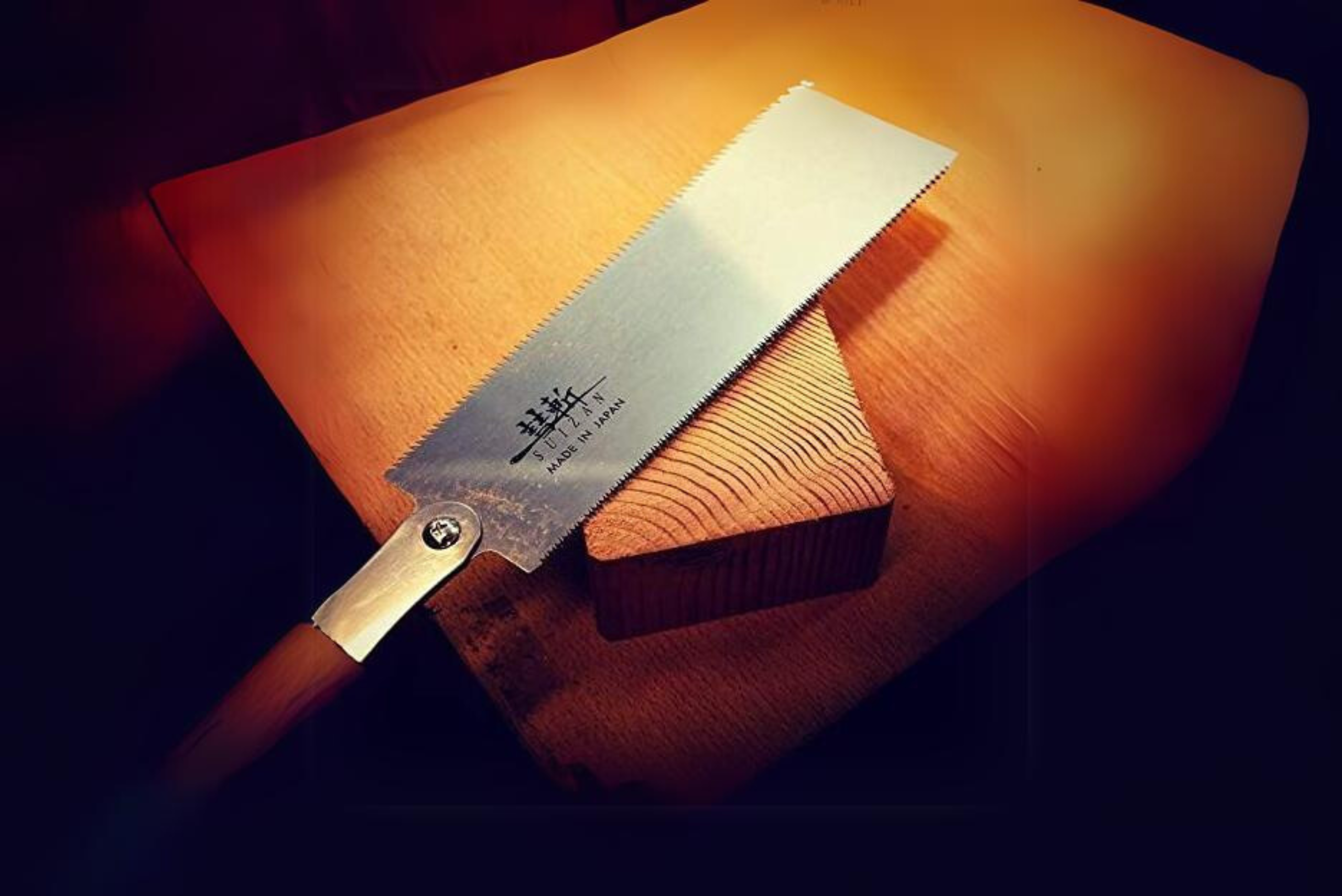
Renowned for their precision and control, Japanese pull saws boast a thin blade with teeth that cut on the pull stroke. This unique design allows for finer and more accurate cuts, making them popular in woodworking, cabinetry, and furniture making.
Choosing the right saw is pivotal for achieving professional results in your woodworking or DIY projects. A nuanced understanding of different saw types and their applications empowers you to make informed decisions. Whether it’s precision cuts, curved shapes, or demolition power you need, there’s a saw tailored to meet your specific requirements. Equip yourself with the right saw, and unleash your creativity and craftsmanship with confidence!









